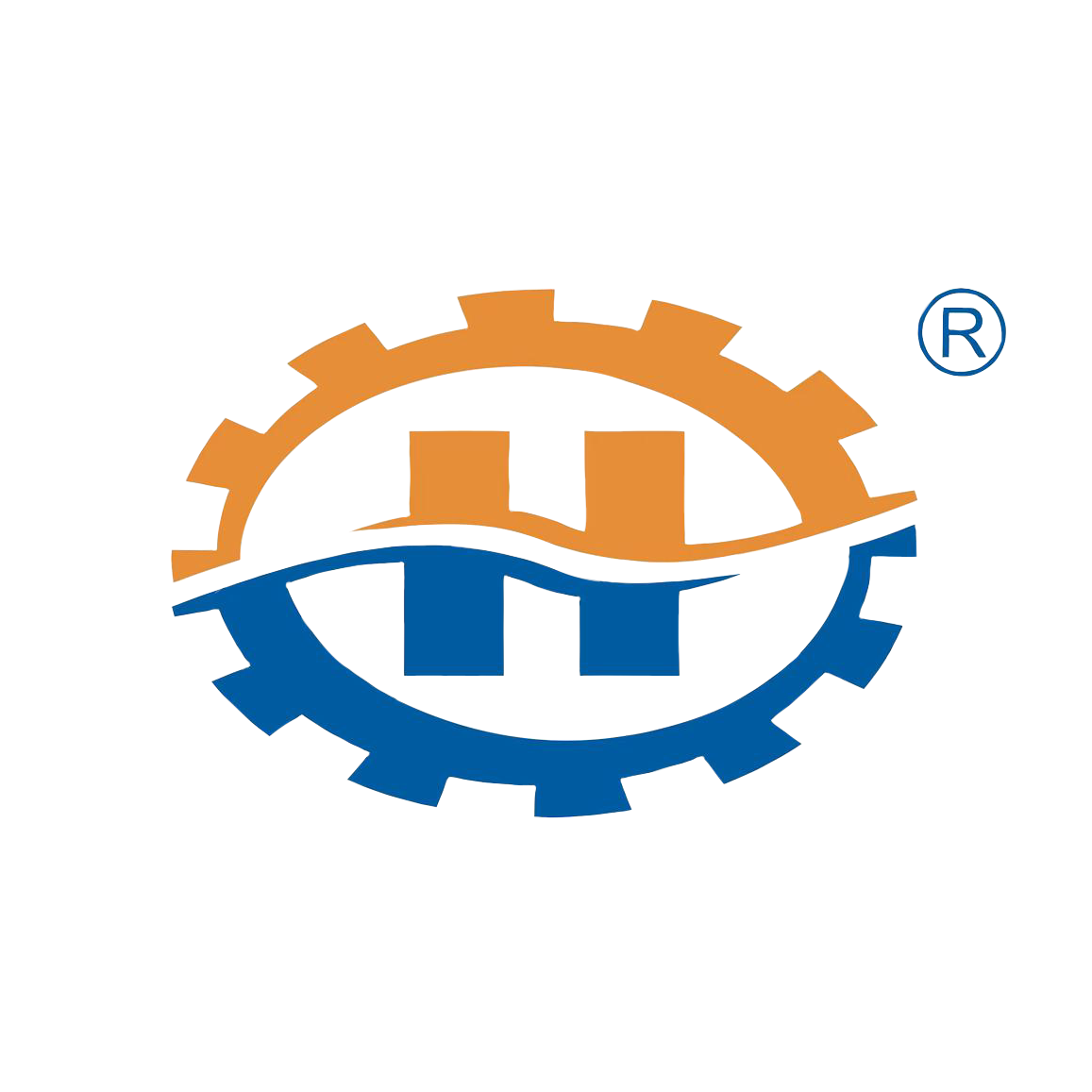Hydraulic Stations: The Power Center Behind Industrial Machines
In many industrial machines, the hydraulic system acts as the “heart”—and the hydraulic station is the center that keeps it pumping. Especially in industries like heavy machinery, metallurgy, or port lifting equipment, large hydraulic stations often play a crucial role in keeping the whole system moving.
🧩 Dispersed Power-Type Hydraulic Stations: Simple and Flexible
One of the more common types is the dispersed or power-type hydraulic station. In this setup, key components like hydraulic pumps, motors, oil tanks, and control valves are installed in different locations across the main equipment.
It’s a fairly simple structure whose main job is to deliver oil with enough pressure and flow to various actuators across the machine. The control part is handled by separate valve units positioned where needed. This approach is compact and flexible, making it a good fit for machines with limited space or relatively straightforward functions.
⚙️ Composite Hydraulic Stations: Power + Control in One System
But when things get more complex—say, when multiple actuators need to work in sync or pressure and flow need to be adjusted remotely—a composite-type hydraulic station becomes the go-to choice.
Unlike the power-type, this kind of system places pumps, motors, oil tanks, and control devices outside the main machine. The actuators still stay on the machine itself, but the station now handles both power supply and control tasks.
🔹 Integrated vs. Separated Structures: What’s the Difference?
Depending on how the control units are installed, composite stations fall into two categories:
- Integrated Hydraulic Station: The control valves and accumulators are mounted directly onto the pump unit. This keeps the system compact and centralized.
- Separated Hydraulic Station: Components like the pump station, valve station, and accumulator station are arranged separately. They’re connected through pipelines according to the system’s oil circuit logic. This design is more modular and easier to maintain—especially useful in large or custom hydraulic setups.
📏 Classification by Scale: From Standalone to Centralized Stations
Hydraulic stations can also be classified based on their scale and application scope:
- Small-scale (Standalone): Often integrated type stations, used in simpler machines.
- Medium-scale (Modular Units): Usually use composite and separated structures for better flexibility.
- Large-scale (Centralized Stations): These are used in large facilities or factories. A centralized station provides power and control to multiple machines, enabling unified energy management and easier maintenance.

The Future of Hydraulic Stations: Smarter and More Connected
At the end of the day, no matter the type or scale, all hydraulic stations serve the same basic goal: to make machines run smoother, more precisely, and more efficiently.
And with the rise of smart manufacturing, today’s hydraulic stations are becoming far more than just “oil supply units.” Many are now equipped with sensors, monitoring tools, and automation features—gradually evolving into intelligent, digital power platforms that fit right into modern Industry 4.0 environments.




